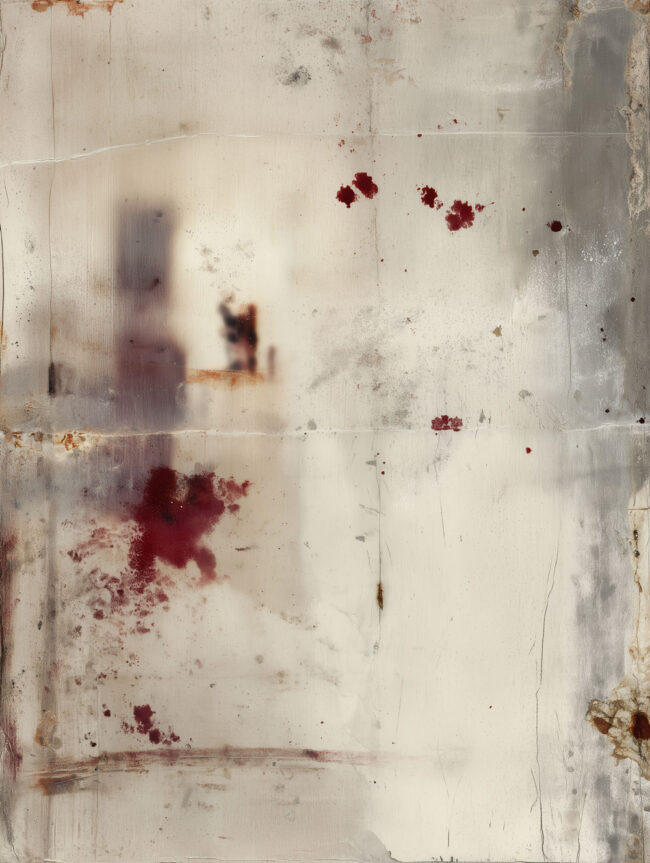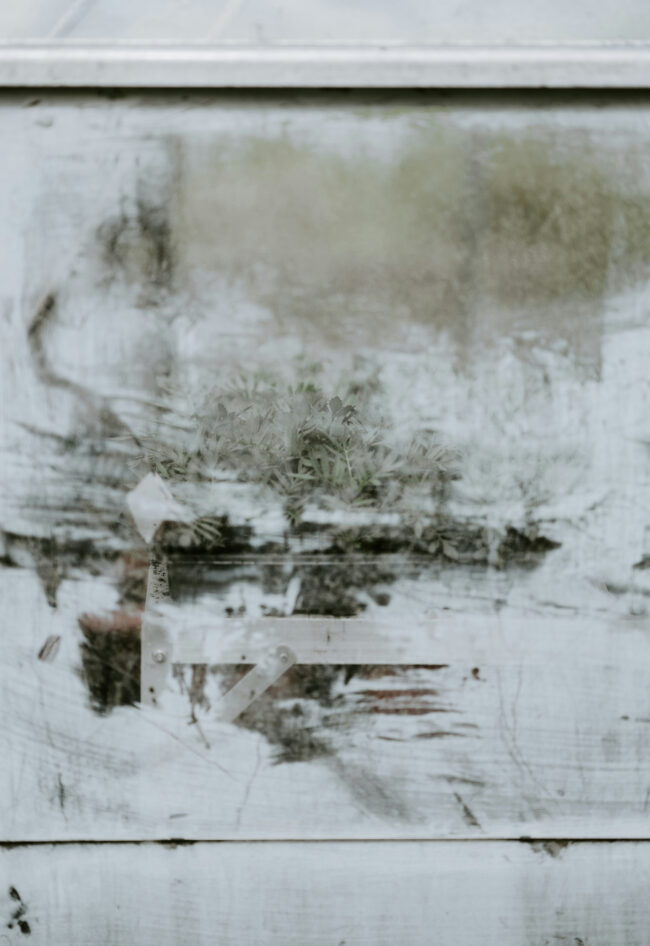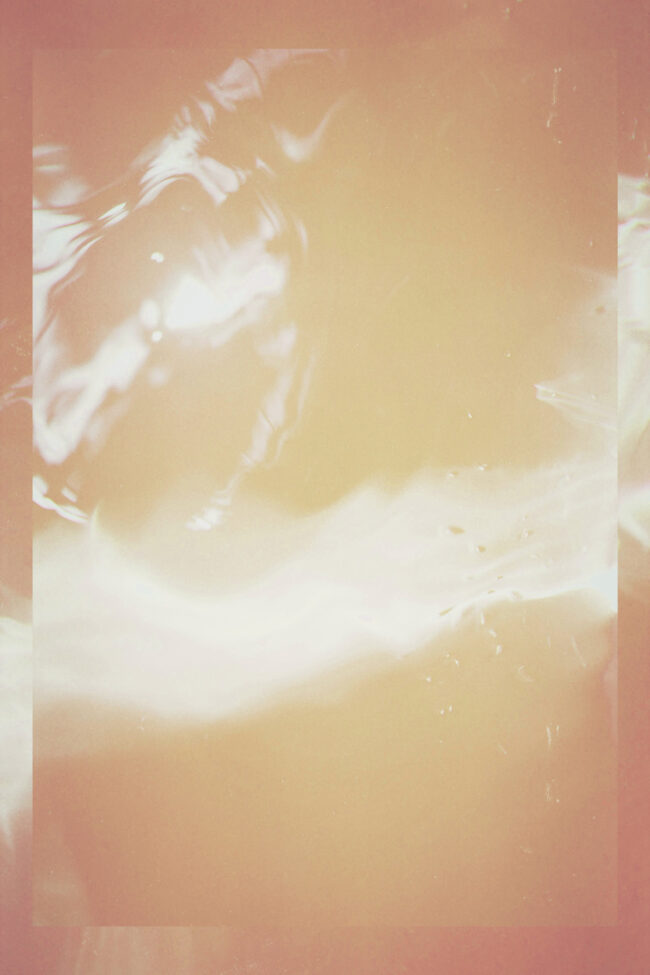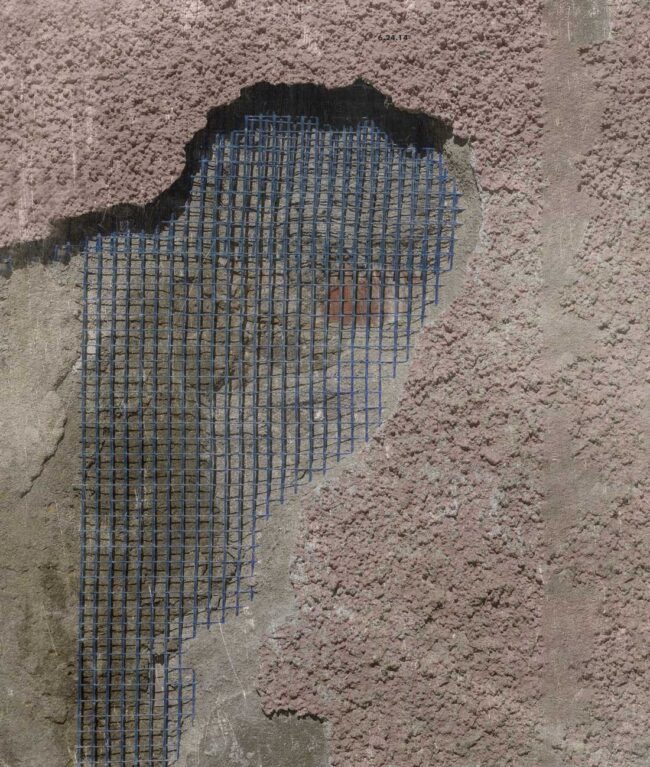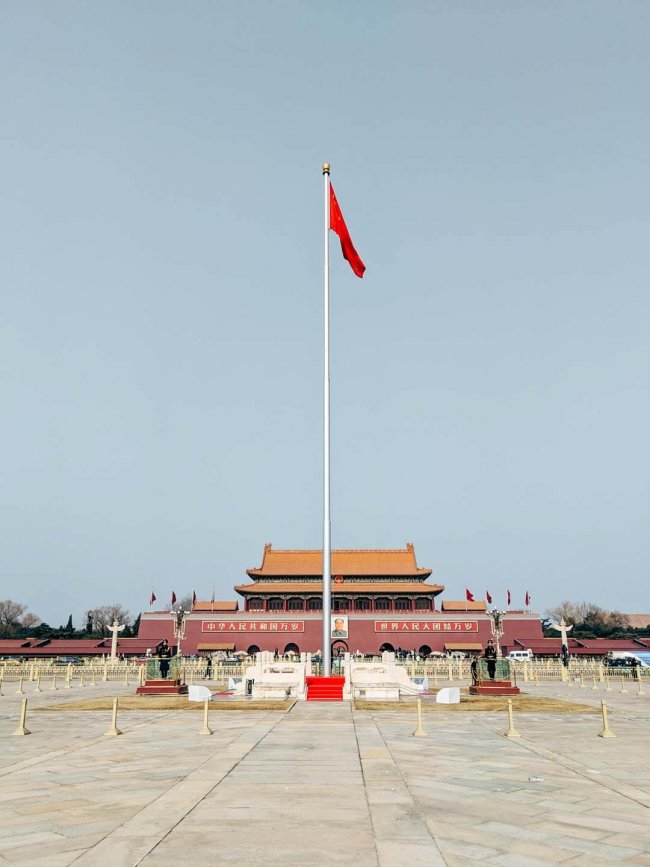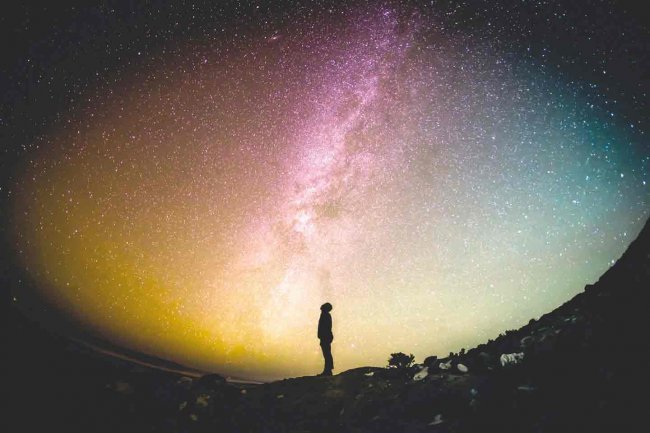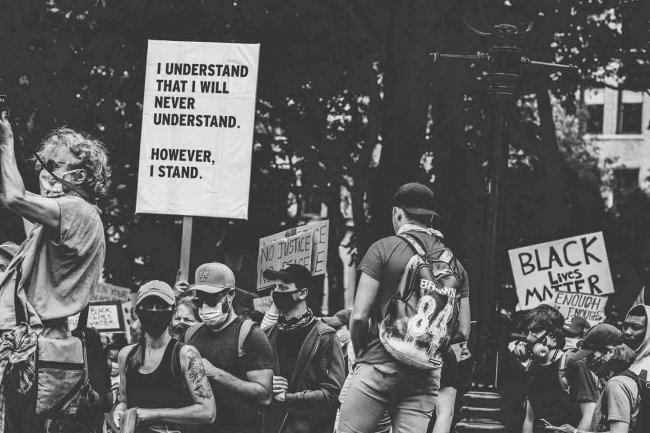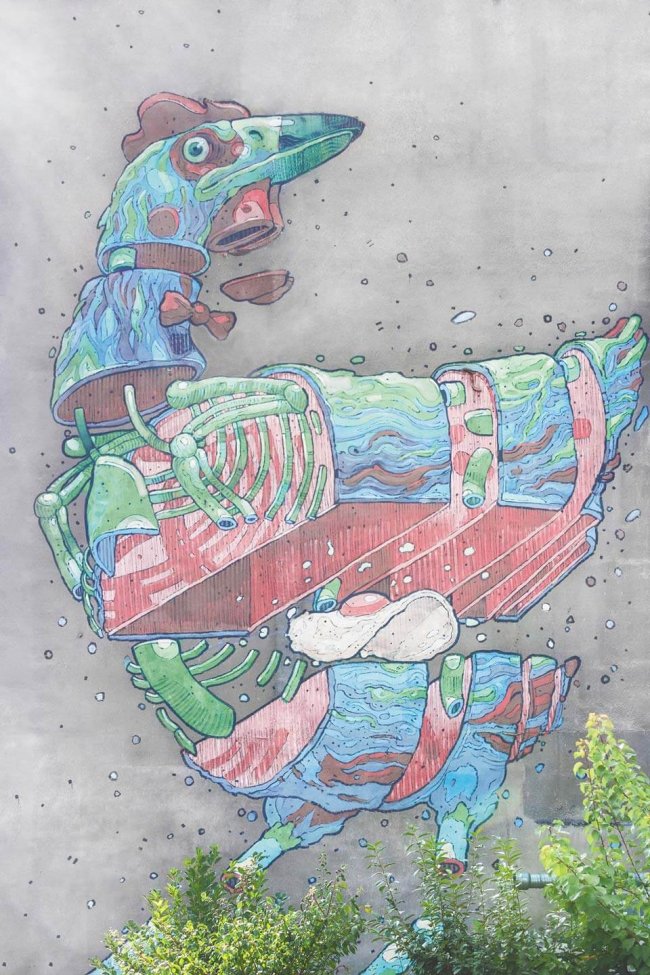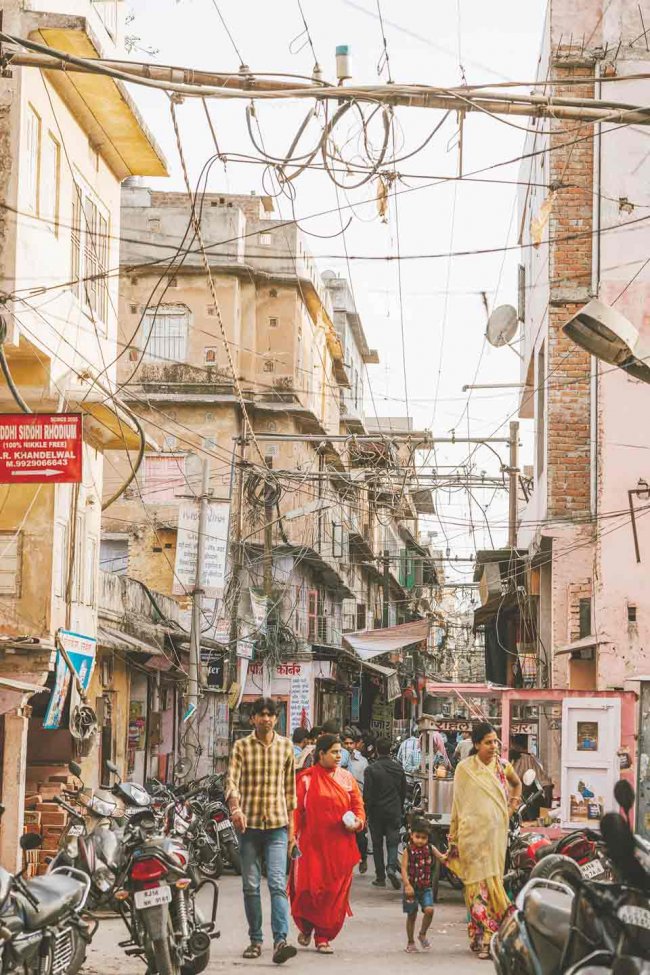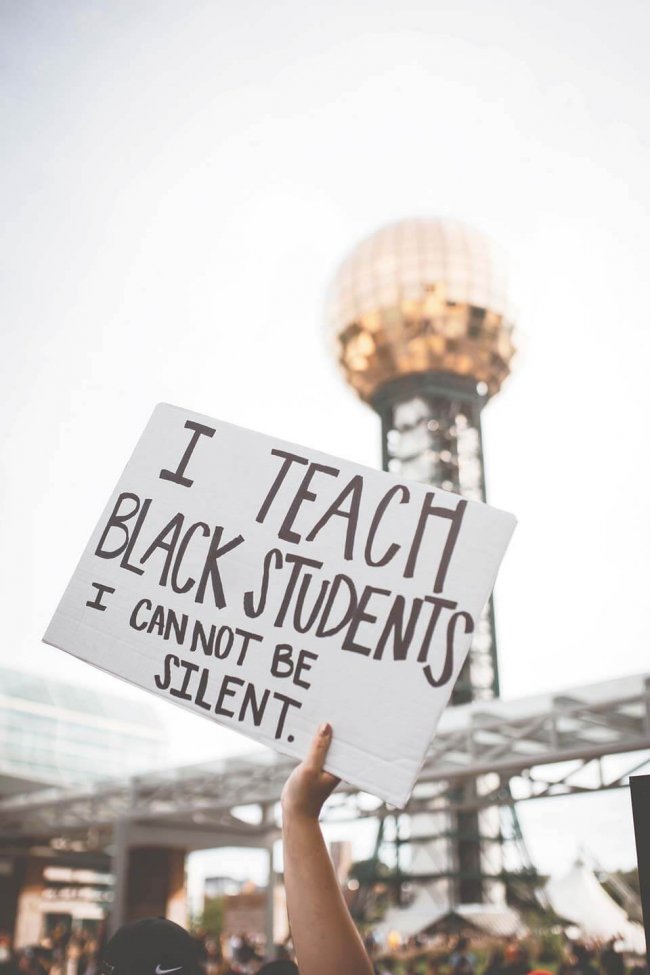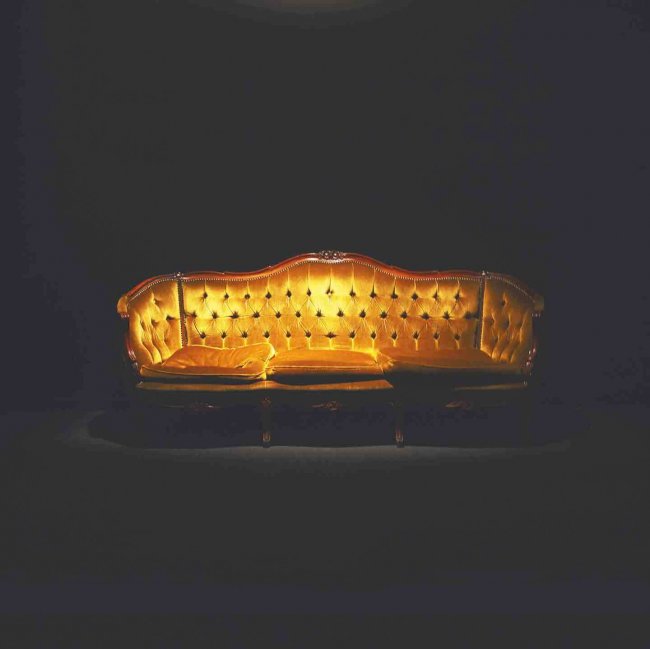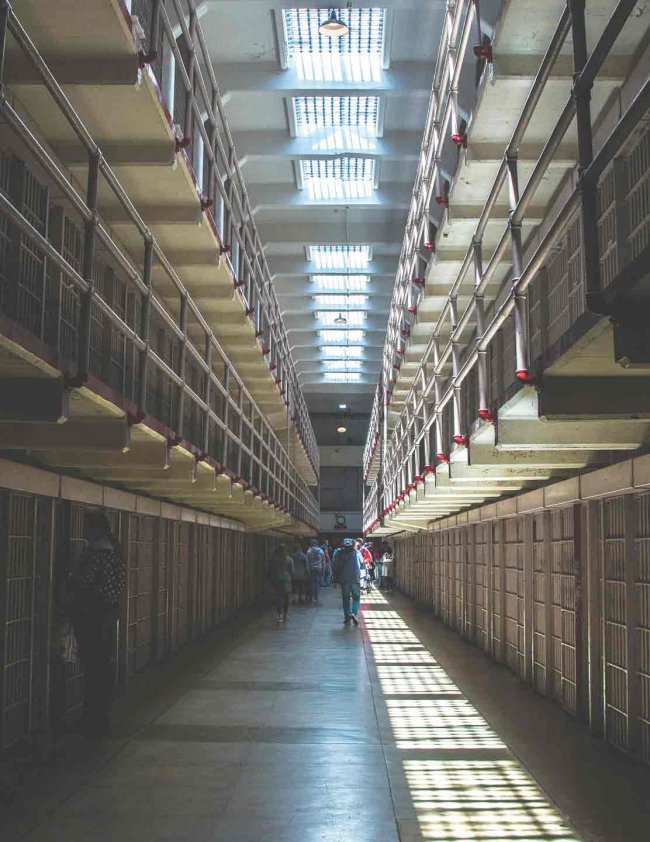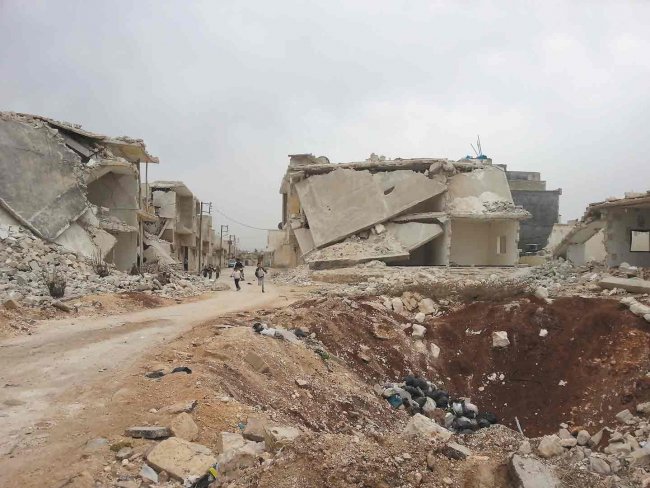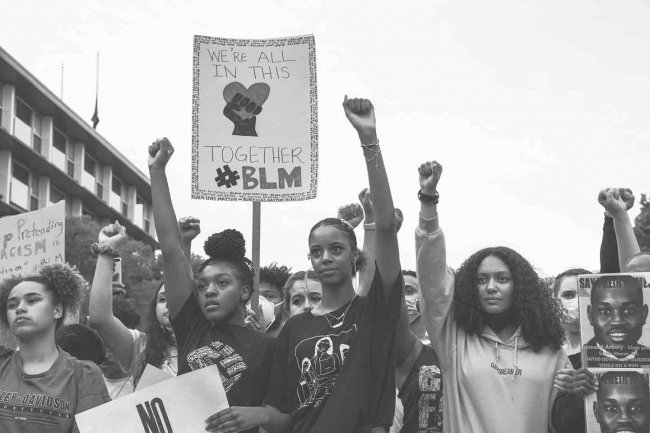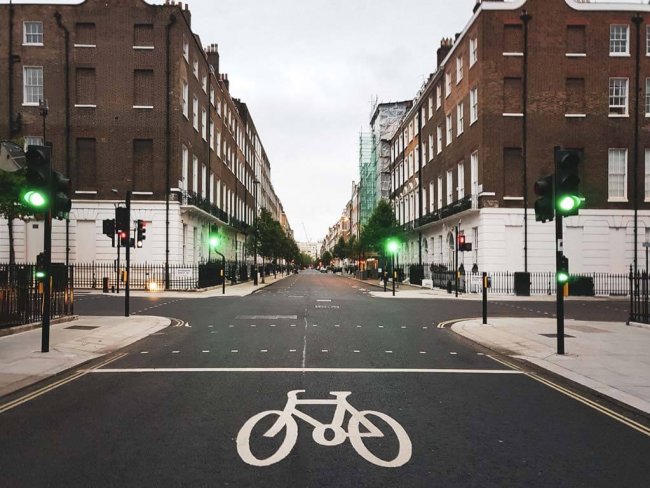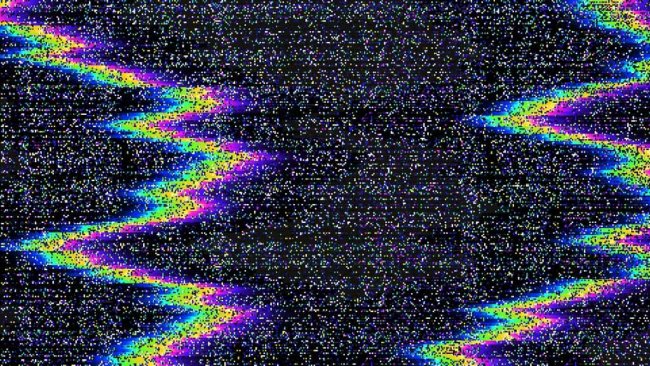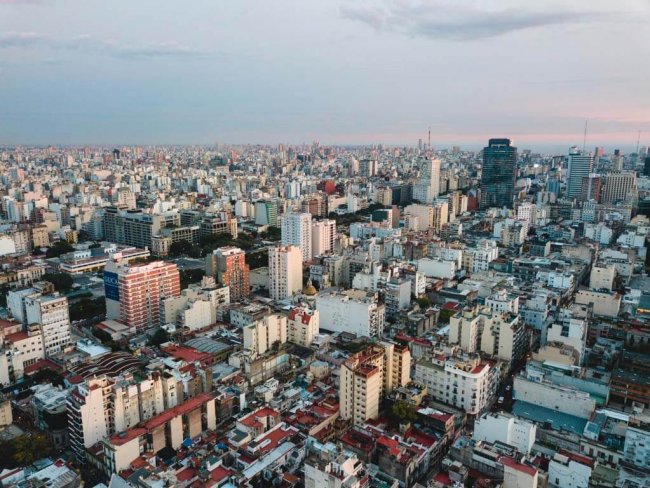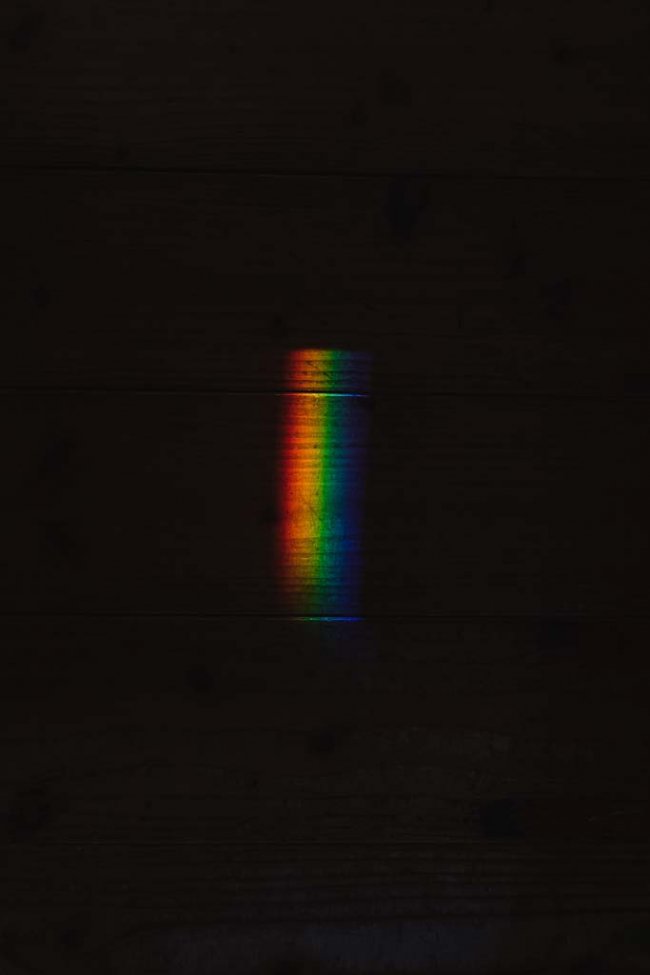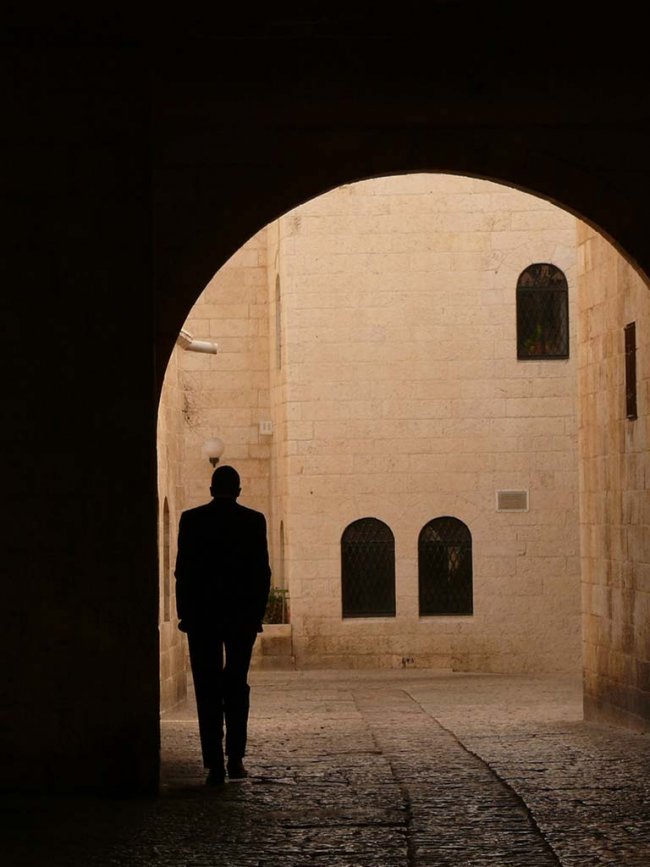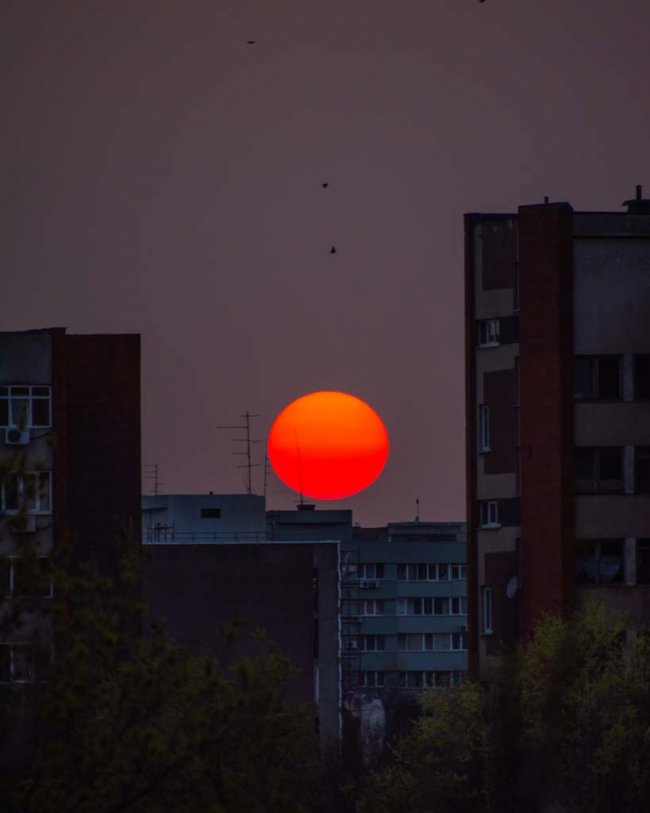Looking into the Face of the Gorgon by Dana Amir and Azz a-Din
The floors are red, not as a metaphor, not as a political statement; they are red. And this is what I ask myself: Is our blood even red? Are we made of the same substance, the same suffering, the same divine breath that once stirred a man’s lungs? If so, why do we die like vermin, why does the world avert its eyes while we rot in plain sight? Why does the hunger of a single hostage shake the souls of nations, while the emaciated bodies of a million children elicit only polite disbelief?


